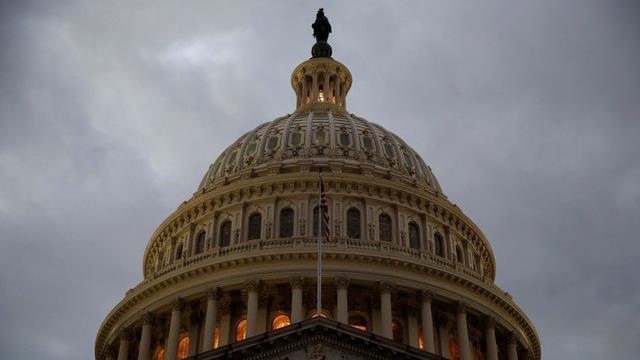Dodd-Frank rollback poised to remove handcuffs from small lenders
Credit unions and other small community financial institutions keep the U.S. economy humming. More than 110 million Americans are members of credit unions. Community banks employ three-quarters of a million people and originate nearly half of all loans made to small businesses.
Yet many of these small institutions are under attack. Almost a decade ago, the federal government imposed rules aimed at reining in Wall Street’s excesses. In the years since, a growing number of credit unions and community banks have been ensnared by this costly web of federal regulation.
Fortunately, Congress is standing up for small lenders. The Senate recently green-lit legislation that would exempt credit unions and smaller community financial institutions from the most burdensome of these federal regulations. The House followed suit – and the measure now heads to President Donald Trump for his signature.
Much of this regulatory strife is a product of the Great Recession. In order to monitor the big banks responsible for the financial crisis more closely, Congress enacted the Dodd-Frank Act in 2010. The law has largely prevented these titans from engaging in the sort of predatory behavior that almost took down the American economy.
But it has proved costly for community financial institutions, who had little to do with the Great Recession. Indeed, in mid-2009, at the peak of the crisis, just 2% of credit union loans were delinquent. That’s less than one-fourth as many bad loans as the banks had on their books. Regulations are eating up one of every six dollars credit unions spend on operations each year – or $6.1 billion in total.
Some smaller financial institutions have been unable to shoulder these additional costs. Since 2009, about 2,000 credit unions and 1,500 community banks have closed.
That’s music to the big banks’ ears. Credit unions are organized as nonprofits. So they reinvest their earnings in their members, through lower fees and better rates. The competition provided by credit unions and community banks helps keep bigger financial institutions honest. Fewer choices for consumers, of course, mean higher prices.
The Senate led the charge to ward off those higher prices. This spring, the upper chamber passed the Economic Growth, Regulatory Relief and Consumer Protection Act, S. 2155 – a bill that would offer credit unions and smaller community banks relief from the most burdensome of Dodd-Frank’s regulations.
In so doing, it would free up credit unions to divert spending away from regulatory compliance – and toward their customers. The bill would streamline the process for securing a mortgage. It would also tweak how some loans to landlords are categorized. That move alone would unlock an extra $4 billion for credit unions to lend to small businesses.
Crucially, the bill doesn’t touch restrictions on huge Wall Street banks – the ones that actually pose a systemic risk to the economy – or interfere with regulatory agencies like the Consumer Financial Protection Bureau.
The passage of S. 2155 would not have been possible without the earlier work of the House on H.R. 10, the Financial CHOICE Act, which was introduced by House Financial Services Committee Chairman Jeb Hensarling. Several of H.R. 10’s provisions are included in S. 2155.
Years of deliberation, hearings, markups and floor votes in the House inspired and prompted the Senate to craft and ultimately pass S. 2155. As a result, it’s effectively a bicameral bill; the House deserves credit for laying the groundwork for S. 2155.
With the House formally green-lighting S. 2155 – we are on the path to easing the regulatory burden on the lenders that power so much of America's economy.
Jim Nussle is president and CEO of the Credit Union National Association.




















